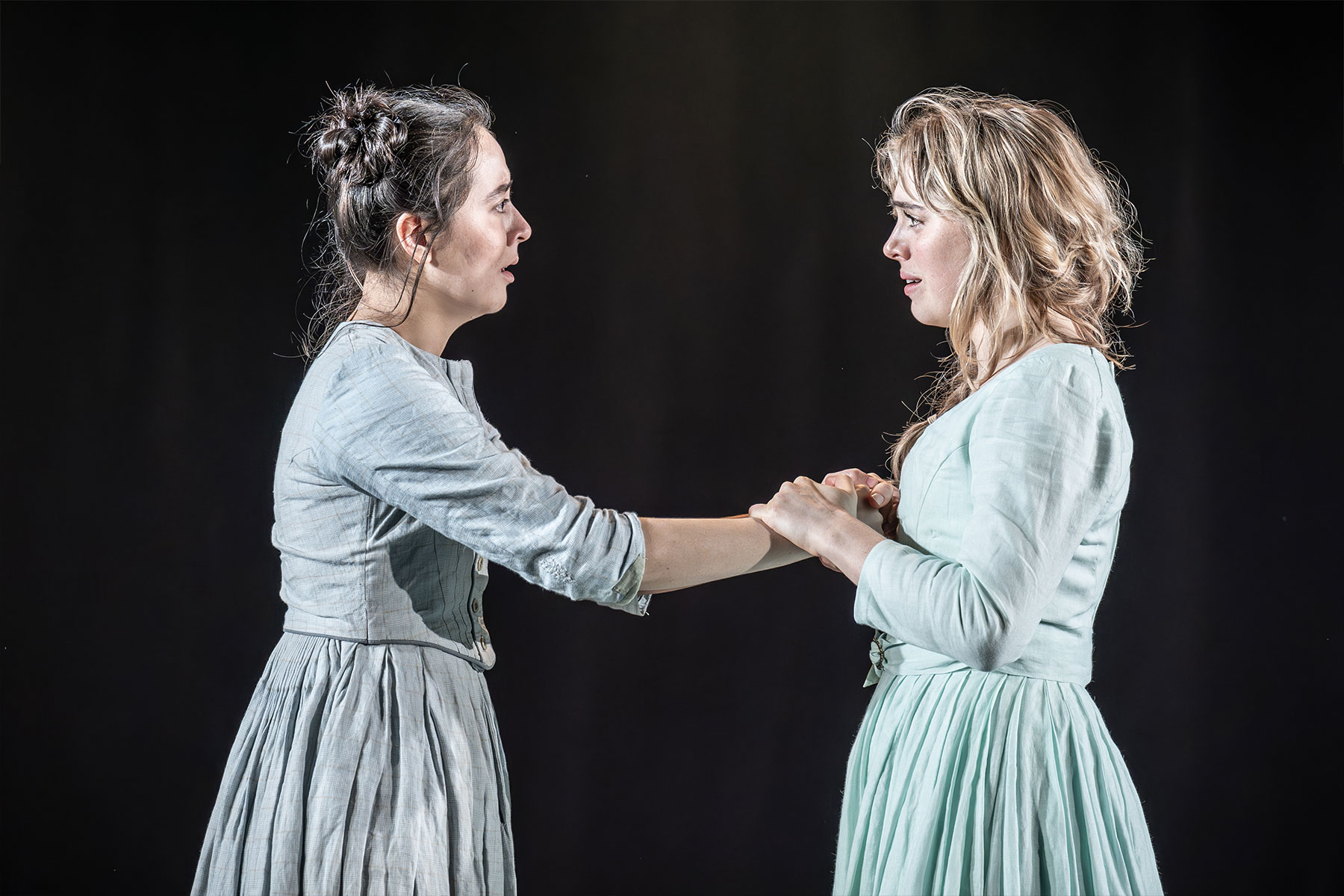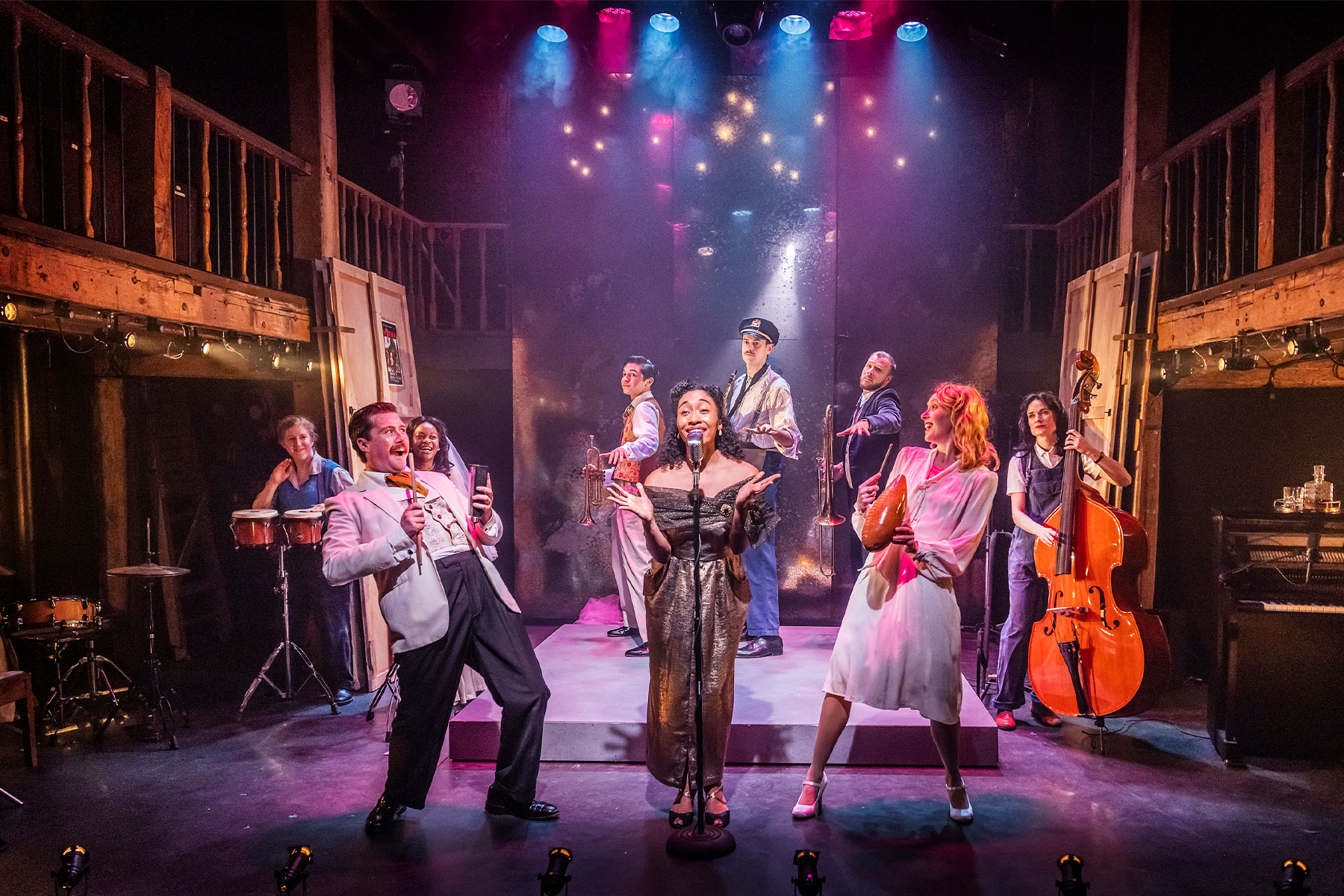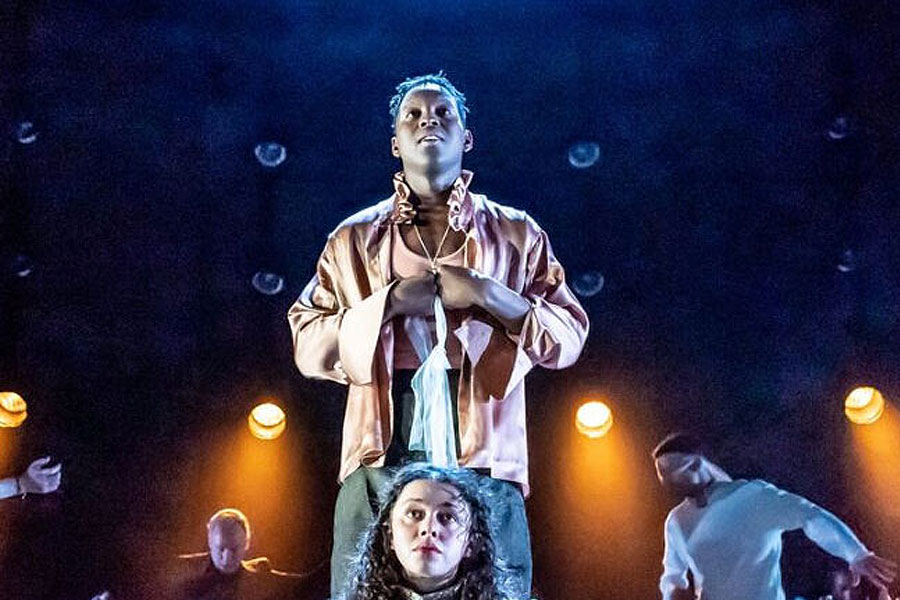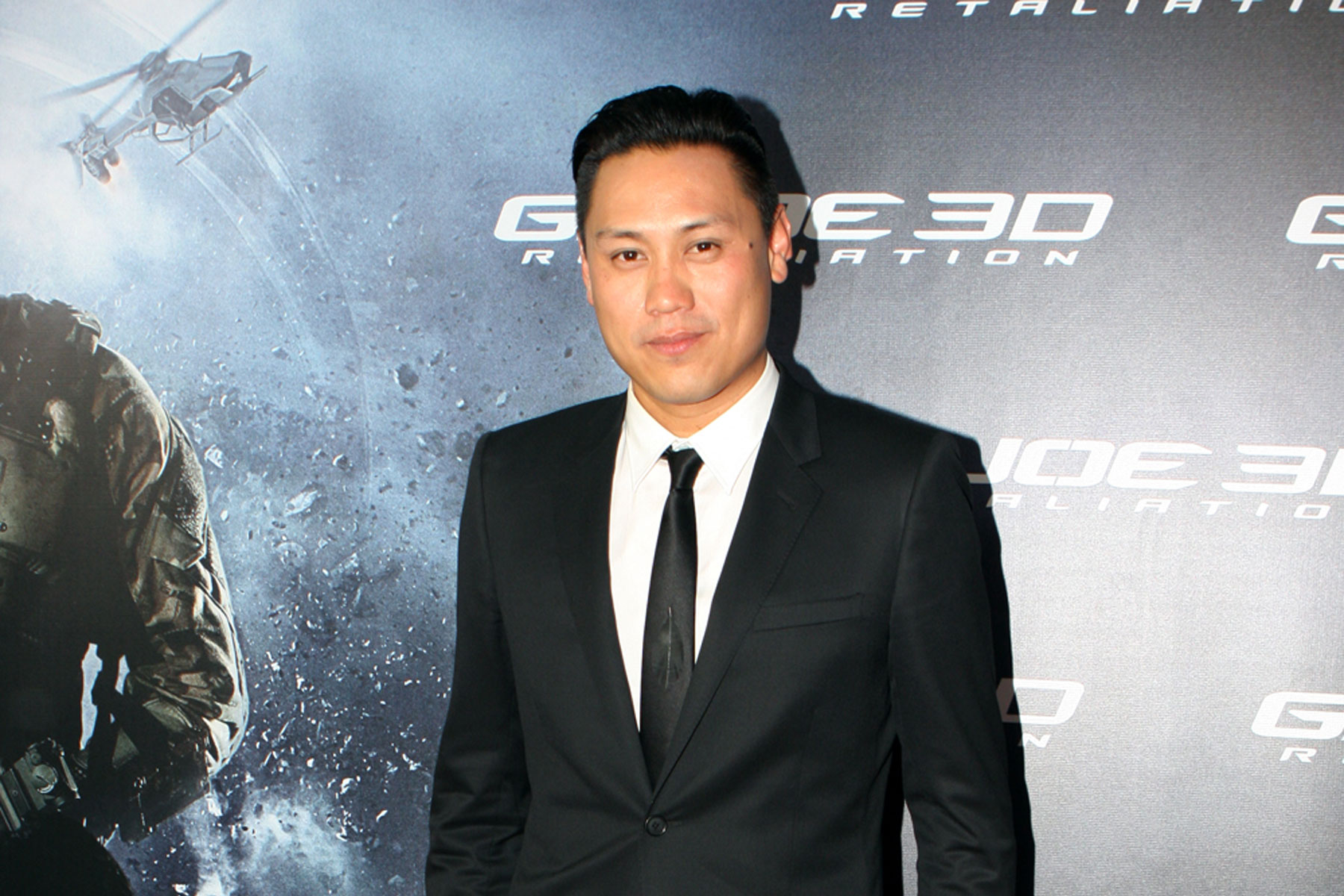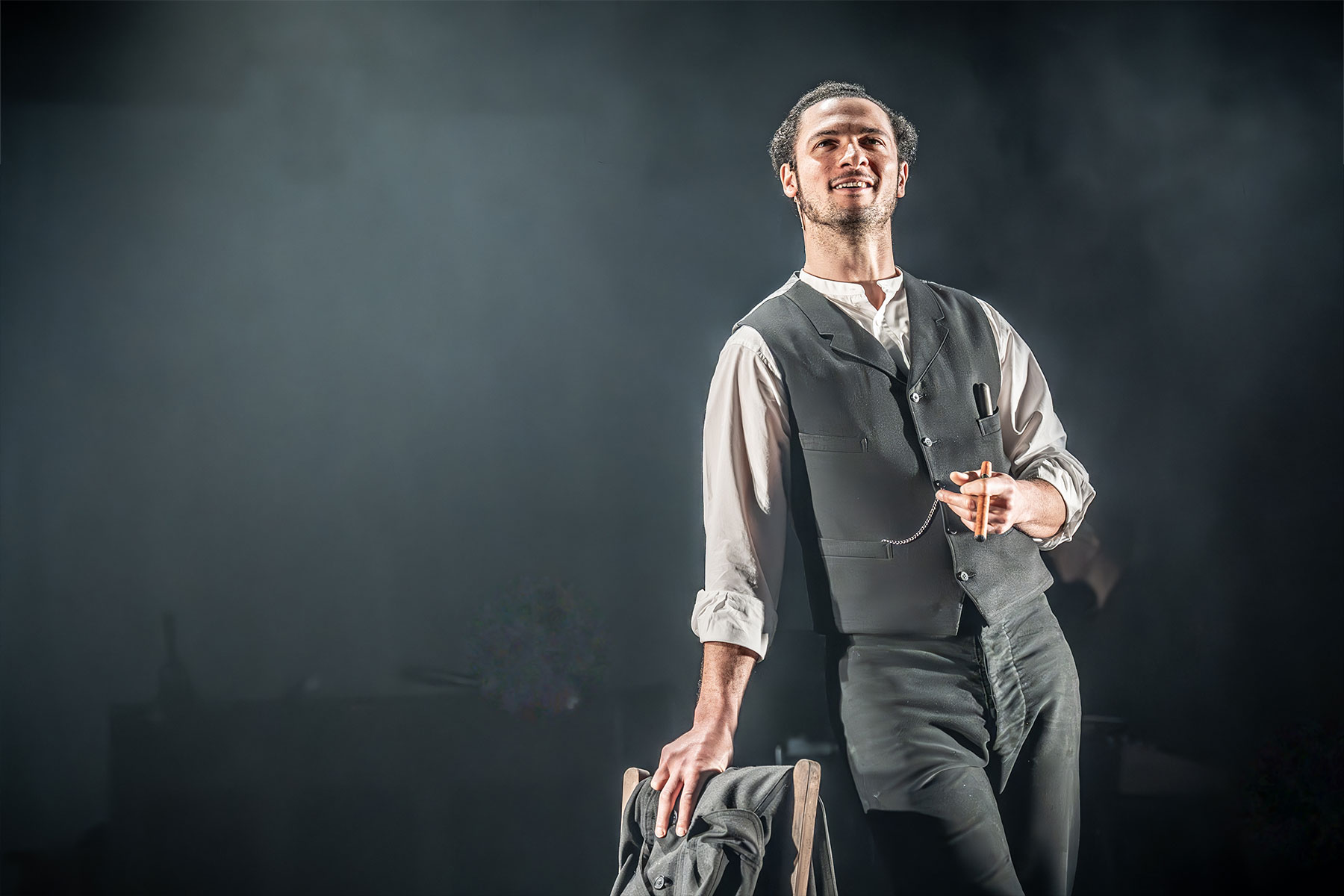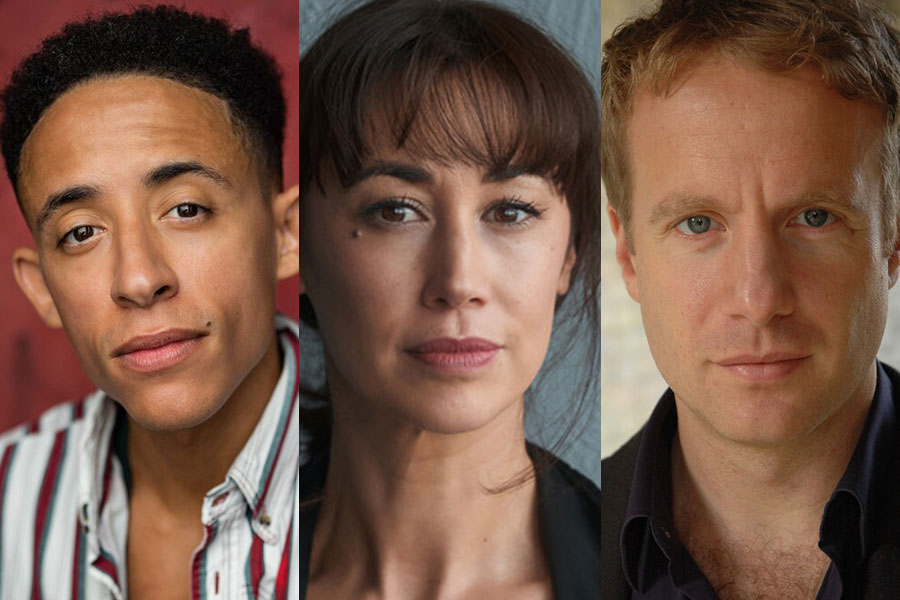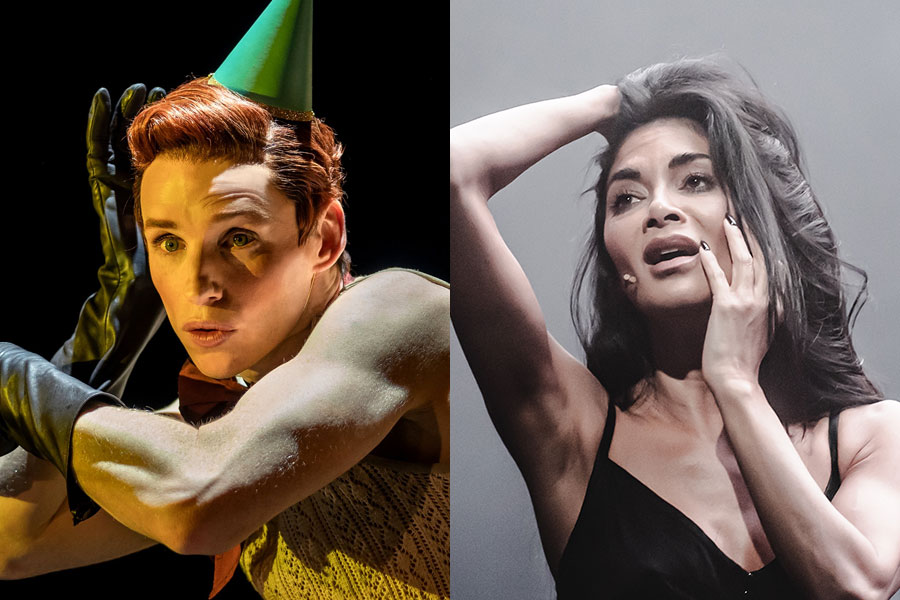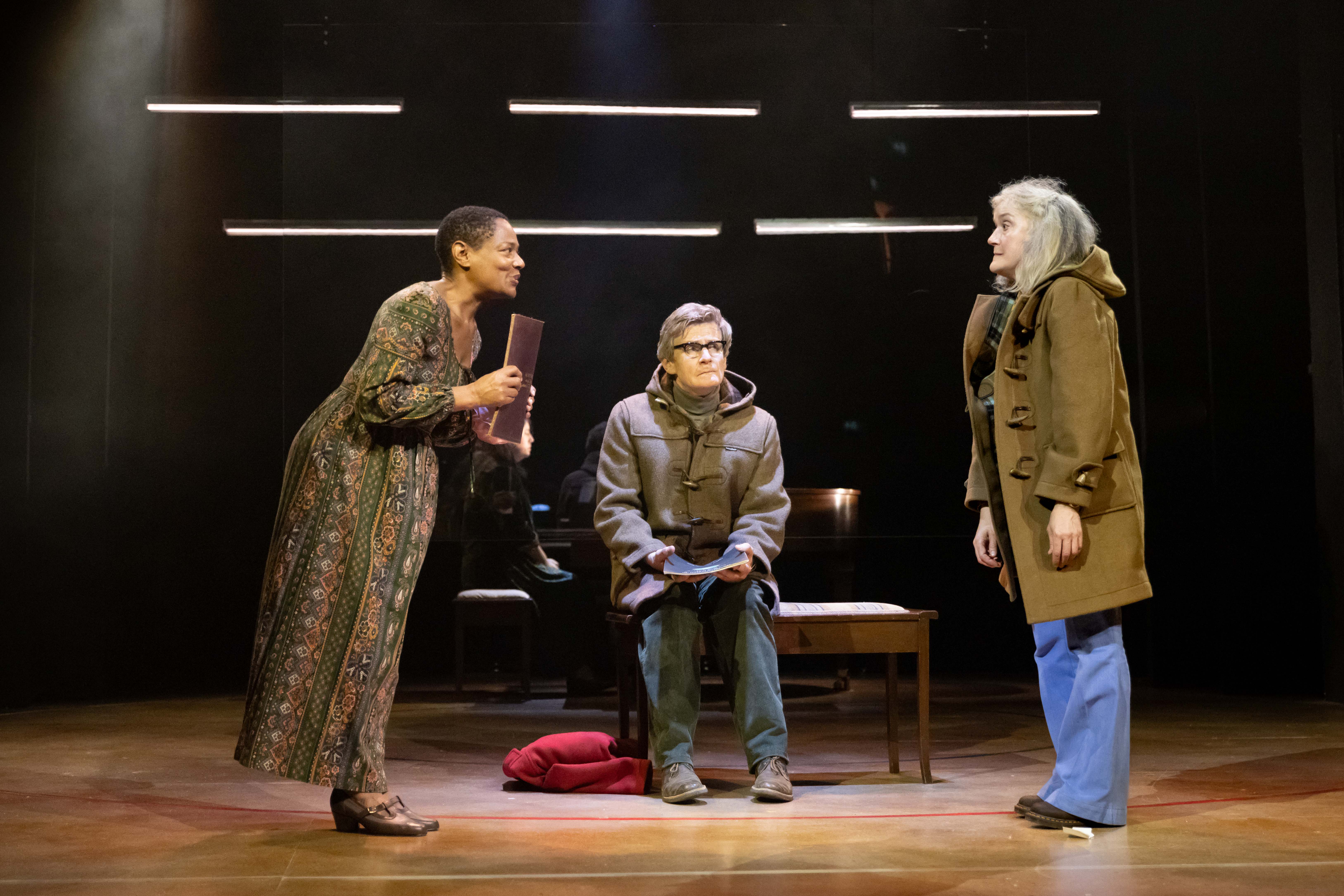Let's Talk About Sets: Tom Piper on A Midsummer Night's Dream
The RSC has set itself quite a challenge with this ambitious project which I have been involved with for nearly a year – but the full scale of it is only now really dawning on me.
We wanted to produce a magical moving and innovative piece, but we also needed to be able to do a weekly tour and in each venue embrace a new set of actors as the Mechanicals. The central premise of the tour is that we work with local amateur groups for these parts. I have been struck again reading it how much the Mechanicals have to teach us about the nature of theatre making. They are amateurs in the play, and also in our production. Initially they don’t understand how the audiences’ imagination can be engaged in theatre. Everything has to be real; they want to know how they can get moonlight in the chamber as the script seems to require moonshine, so they start off by trying to work out if the moon will be actually shining. They think their lion will be so realistic it would frighten the ladies, yet when they come to perform the play with virtually no rehearsal time they are forced to improvise and so discover the power of symbol and metaphor. Moon is now an actor who brings symbolic props – a bush and a dog. The wall has had so little time to prepare that his costume has some suggestion of rough cast and loam, but he has to tell us he is a wall and invites us to use our imagination.
Strangely, it is a lesson British theatre gradually forgot over the centuries and the world behind the curtain became more and more realistic, until in the early twentieth century there even were live rabbits on stage. It took Peter Brook to famously remind us that all you need is an empty space and an actor and the act of theatre is engaged. His Dream blew away fusty conventions of picturesque fairies and became about the discovery of images created by the actors in the rehearsal room to convince us that in a white box we are in a forest.
So I have tried to hold all this in mind when working on the design of A Midsummer Night’s Dream – A Play for the Nation. ‘Truth and simplicity speak most to my capacity’ states Theseus when asked which play he wants to grace the nuptials i.e. don’t over complicate it, let the theatre exert its magic transformative powers. In this play, which deals so much with the nature of theatre, the power of imagination and dreams – what better setting than a theatre itself? Perhaps abandoned and damaged with seemingly no possibility of producing naturalistic illusion, yet brought to life by the power of the fairies and in a knowing compact with the audience to say of course this is not a real forest, we are in a theatre, but you can make it so, just use your imagination…
__
By Tom Piper
A Midsummer Night's Dream – A Play for the Nation runs at the Royal Shakespeare Theatre until 16 July and then tours.



